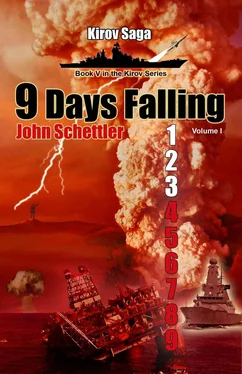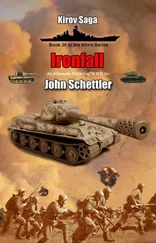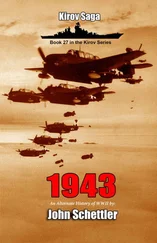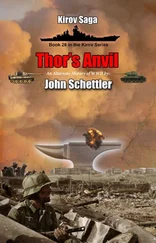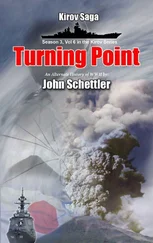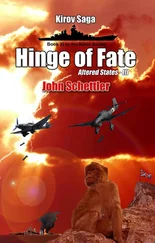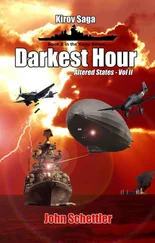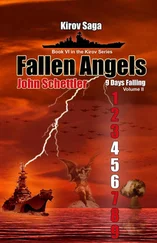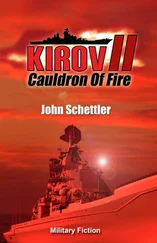The heart of the formation came in very high while flights of J-10s and J-11s peeled off at lower altitudes, bait for the HAWKs armed with strike missiles to engage the SAM batteries. They would try to forge a way through the defenses that had already been heavily saturated by the Dong Feng 11s. The cutting edge of the SAM defenses were the ten Patriot batteries, but its backbone was a much older system of the HAWK SAMs, an acronym that stood for “Homing All the Way Killer,” that were slowly being phased out and replaced by the Sky Bow II systems. While many of the better missiles had been tasked to take on the Dong Feng barrages, the HAWKs were still vital links in the defense to face the threat from aircraft. There was only one small problem, the flight ceiling of the missiles was about 45,000 feet, and so while the J-10s and J-11s swooped in to engage, the J-20s were about to demonstrate one of those often neglected statistics that would make them so deadly, a service ceiling exceeding 65,000 feet. In effect the plane could out fly the missiles that were supposed to shoot it down! The HAWKs were homing all the way, but could not reach their targets before they flamed out.
The Vampires were flying high that morning, out from their hidden caves in the hills of the homeland. When the Chinese strike group broke through the coastal defense network, the F-16s were immediately vectored in to close the gap. They had a good idea where the enemy was coming in high with their main strike package, but the F-16s were straining for altitude as they climbed to meet the enemy. The Chinese J-20 was not easy to find and track. Their returns were not solid on radar, and they came and went. None of the F-16s could seem to hold a steady signal lock and it was coming down to that nebulous line in BVR combat where you either fire or die.
Tang elected to fire. His subflight of four falcons were the first to callout out the NATO brevity code “Fox Three” as their AIM-120C missiles were sent into battle. An active radar seeker, this version of the missile had a good range of 105 kilometers, and could switch to passive homing if jammed. Tang was hoping his missiles could get some of the high flying Chinese fighters “in the basket” of their active radar search sweep where they had a chance to lock on. While capable of receiving in-flight data to assist in a course correction to find the enemy target, Tang’s fighters weren’t going to be able to send anything. They were about to have some very troublesome company in the skies over the central highlands.
High above, some 15,000 feet beyond the service ceiling of the F-16, the J-20s had a long range missile of their own to send into battle. They had easily seen, tracked and targeted the climbing F-16s and had already fired China’s latest long range lance in the deadly game of air to air missile combat—the the P-21 Thunderbolt . By the time Lieutenants Peter Tang, Alex Wu and Kevin Lo detected the radar lock it was already too late. Alex Wu heard his mate call out “Fox Three” and followed suit to fire his missiles, but it was going to be a very busy morning that day, and for all of them it would be their last.
As ifthe Chinese attack on Taiwan and the imminent conflict at sea with the Russian Pacific Fleet were not enough, another old nemesis was now crashing the party with familiar threatening rhetoric that was now deemed to be very dangerous. The candles were burning late in the White House Situation Room that night, as William Reed sat uncomfortably in his chair looking at the satellite photography.
“It’s a dual launch,” he said calmly. “Fits the pattern we’ve seen in recent years. Close-ups on the nose of those birds look a little ominous.”
Air Force General Henry Lane folded his arms, eyes tight as he listened. “Our people don’t think it’s a nuke,” he said.
“You want to play Russian Roulette here, General?” Reed had no qualms about engaging the brass in a spirited discussion. That was what he was there for. “I hope we have adequate defensive assets in theater by now, because it looks like another fuse is about to be lit here.”
“We’ve got a full squadron of twelve F-22 Raptor fighters at Osan AFB in South Korea to beef up fighter defenses there.” Lane was looking at his deployment list. “Similar packages are slated for Okinawa and mainland Japan, but it I’m afraid it’s a little too late to get them to Taiwan.”
“We should have had them there a week ago,” said Reed, “but I guess ‘should of’ never won a race. Looks like the Chinese mean business this time. Word is they hit the Taiwanese with at least 600 missiles.”
“We took down a good number of those with the ABM batteries.”
“Not enough, General. They beat up the airfields pretty bad over there, and then punched through with those damn J-20s.”
White House Chief of Staff Leyman leaned forward, a question in his eyes. “Those the same planes we talked about earlier, Mister Reed?”
“Yes sir, fast, deadly, and now a proven threat. The Chinese blew a hole in the coastal defense perimeter and pushed in a major strike package at high altitude. They were up above the service ceiling of the HAWK systems over there. Patriots were the only thing that could get up there, and they were saturated by the missiles. What we need now are assets in theater for a counterattack, but forgive me if I say I’m more than a little nervous about this North Korean launch prep. Everything we’ve moved into the Pacific in the last 48 hours is sitting on Guam.”
“Talks are underway with Manila to obtain basing rights there,” said Leyman.
“Another Raptor squadron was deployed as theater reserve at Anderson on Guam,” Lane put in. “If the situation warrants, we can move those birds to the Phils. We’ll have some heavy metal to throw around today as well.” The US was digging up ‘the bones,’ flights of B-1 Lancer Bombers that were arriving on Guam by the hour.
At that very moment Captain Hap Jason of 7th Bomb Wing out of Dyess AFB in Abeline Texas was on the radio at 311.000 MHZ STRATCOM PRIMARY for some routine radio traffic. He was coordinating a rendezvous with KC-135 Air refueling tankers designated GASSR-11 and GASSR-12.
“Dark flight of twelve requesting ETA on GASSR 11. We’ll need Tanker Drag to BAB, over.” BAB was the call sign for Beale AFB in California as the bombers prepared to top off before they started the long flight across the Pacific.
Jason’s squadron, “Dark 1” would soon be joined by another designated “Slam -1” out of Ellsworth AFB. At Guam their bellies would soon be filled with extended range 2000 lb GBU 3 JDAMS. The Joint Direct Attack Munitions was a kit installed on ‘dumb’ bombs that would convert them into GPS guided munitions, and the new satellite that would direct them was already being moved to compensate for the loss of two GPS birds when the Chinese launched their preemptive ASAT strike. The bombs could be dropped from an amazing range of 80 kilometers out and still fall unerringly to their targets.
The bomber squadrons were being accompanied by two E-6 Mercury airborne command post planes out of Tinker AFB, an ominous sign as these planes were cast in the TACAMO role for coordination of battle orders to US nuclear capable assets, including both boomers and bombers. They were once coded “Looking Glass” for their ability to mirror or duplicate the control of nuclear capable facilities in the event that the Global Operations Center at Offut AFB was destroyed or otherwise off-line. The nuclear giant was waking up, and slowly stretching in bed, flexing its muscle for the long planned war that no one wanted yet everyone was prepared to wage.
Out on Guam, the B-1s would be joined by the ‘Batwings,’ B-2 stealth bombers flying from Missouri. The B-2s could deploy, strike targets, and then return to those bases if necessary, but many were now scheduled to muster at Anderson AFB on Guam to be more readily available in theater. Even the old B-52s, with well over 50 years in active service, were also on the move from Nellis AFB in Nevada and Barksdake AFB in Louisiana, all headed for the vital forward operations base at Guam. One thing was certain that night, the heavy iron was airborne and flying west over the Pacific, ready for battle.
Читать дальше
